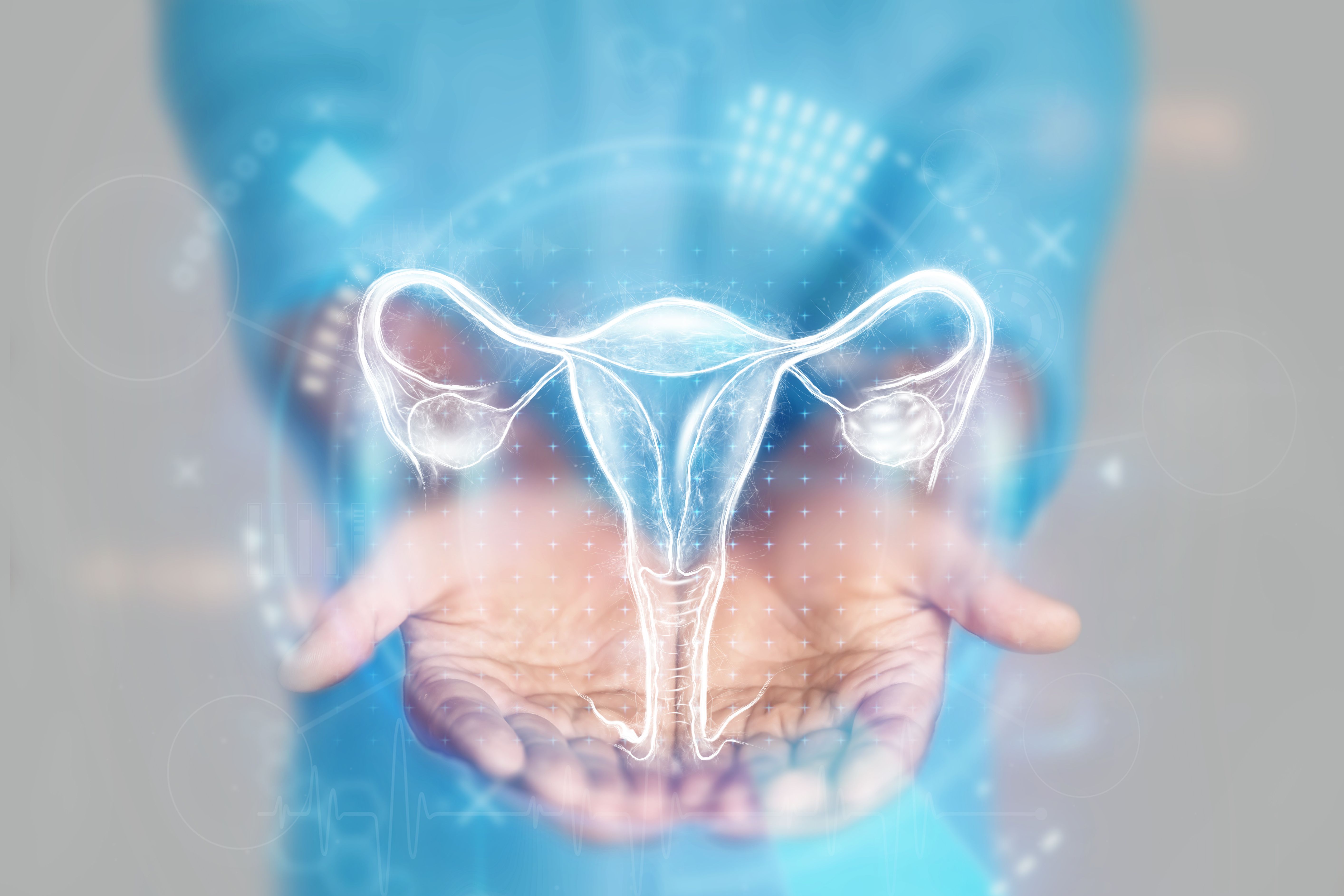Isthmic contractions, commonly seen after second trimester bladder voiding, may interfere with cervical length (CL) measuring, according to a recent study published in the American Journal of Obstetrics & Gynecology.
Takeaways
- Isthmic contractions, observed after second-trimester bladder voiding, can impact the measurement of cervical length (CL) during pregnancy.
- Previous studies highlighted difficulties in assessing CL because of asymptomatic contractions in the uterine isthmus, resulting in a poorly developed lower uterine segment. However, these findings were based on static ultrasound images, potentially lacking dynamic function representation.
- To address the impact of isthmic contractions on CL assessment, a prospective observational study was conducted using real-time ultrasound. The study focused on pregnant women undergoing routine second-trimester ultrasound scans.
- The study involved over 15 minutes of transvaginal ultrasound recordings after bladder emptying. Maternal data, including various factors like parity, gestational age, and delivery history, were considered. Video analysis included measurements such as cervicoisthmic length and isthmic length.
- The results indicated that isthmic contractions may interfere with CL assessment. Patients with contractions commonly showed certain patterns in isthmic and cervicoisthmic lengths.
Research has indicated asymptomatic contractions in the uterine isthmus may cause difficulties in CL assessment during pregnancy, with findings describing a “poorly developed lower uterine segment.” However, this data is based on statis ultrasound images, which may not properly display dynamic functions.
To evaluate the impact of isthmic contractions on CL assessment using real-time ultrasound, investigators conducted a prospective, observational, single-cohort study. Pregnant women scheduled for routine second-trimester ultrasound scans from September 2022 to March 2023 were included in the analysis.
Participants were aged 18 years or older and presented to Valld’Hebron University Hospital for the scan. Individuals with a cerclage, pessary, twin pregnancy, or multiple pregnancies were excluded from the analysis.
Over 15 minutes of transvaginal ultrasound immediately after bladder emptying were recorded to observe shifts in the cervix and uterine isthmus. A GE Voluson E10 and a GE Voluson E8 were used to perform the ultrasounds.Maternal data evaluated included parity, gestational age, height, weight, body mass index, cesarean delivery history, and age.
During video analysis, the internal os, external os, most caudal point of the bladder reflection, and posterior uterine serosa point closest to the internal os were recorded. The distance was reported in pixels equal to 5 cm. Point coordinates were recorded in Excel spreadsheets.
The distance from the external os to the internal os was measured as the cervicoisthmic length. The isthmic length was calculated by computing the line between the most caudal point of the bladder reflection and the posterior uterine serosa point closest to the internal os, then calculating the distance from the internal os to that line.
Subjective and objective assessments of contractions were performed. Myometrial thickening in the isthmus area and similar characteristics were considered in subjective analyses, while changes in cervicoisthmic length and isthmic length over time were calculated in objective analyses.
There were 30 pregnancies included in the final analysis. Ultrasound recording lasted a median 19±2 minutes, with changes in isthmic length and cervicoisthmic length plotted over time. Maternal characteristics and pregnancy outcomes did not differ between individuals with and without contractions.
Of patients, 43% had an isthmic contraction based on subjective criteria. Individuals with a contraction presented with amaximum isthmic length above 18 mm, while measurements beyond this point were not observed in individuals without a contraction.
Similar cervicoisthmic lengths and isthmic lengths were observed across patients after isthmus relaxation, with all but 1 having a minimum isthmus length under 18 mm. The contraction group often had increased isthmic and cervicoisthmic lengths at the end of examination.
Isthmus relaxation was observed a median 8.3 minutes after bladder emptying, with complete relaxation observed a median 19.7 minutes after emptying.However, a relaxation pattern with peaks separated by 2 to 3 minutes was seen in half of patients with a contraction, indicating isthmus relaxation is not linear.
These results indicated isthmic contractions following bladder voiding may interfere with CL assessment. Investigators recommended cervical assessment be performed at least 20 minutes after bladder voiding.
Reference
Farràs A, Catalán S, Casellas A, et al. Real-time ultrasound demonstration of uterine isthmus contractions during pregnancy. Am J Obstet Gynecol. 2024;230:89.e1-12. doi:10.1016/j.ajog.2023.07.025

